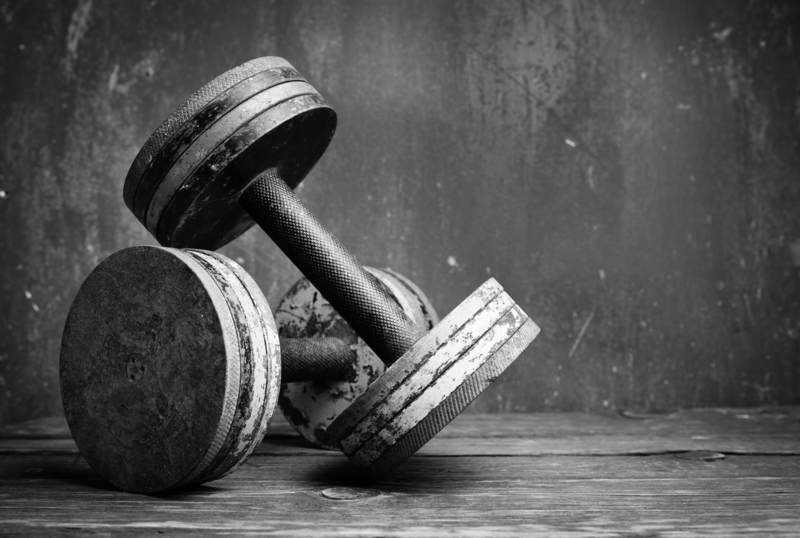Essential Tips for Handling PPE Waste Responsibly
The widespread use of Personal Protective Equipment (PPE) has surged dramatically, especially following global health crises. With more masks, gloves, and gowns being used than ever before, proper PPE waste management has become a crucial environmental and public health concern. This article will explore essential, actionable tips for handling PPE waste responsibly, empowering individuals, businesses, and communities to protect both human health and the planet.
Understanding PPE Waste: What Is It and Why Does It Matter?
PPE includes disposable masks, gloves, gowns, face shields, and other items designed to protect individuals from hazards. The improper disposal of PPE waste can contribute to environmental pollution, harm wildlife, clog waterways, and spread infectious diseases.
- Environmental Impact: PPE materials, especially single-use plastics, can take hundreds of years to decompose.
- Health Hazards: Discarded PPE can become a vector for pathogens, risking further outbreaks.
- Public Safety: Littered PPE endangers sanitation workers and the general public.
Ensuring the responsible disposal of PPE waste is a shared responsibility that benefits society as a whole.

Key Tips for Handling PPE Waste Responsibly
1. Always Dispose of PPE in the Correct Bin
Never throw used PPE in regular recycling bins. Most PPE, such as single-use masks and gloves, are not recyclable through conventional systems. Mixing contaminated PPE with regular recyclables can compromise the recycling stream and expose waste handlers to potential hazards.
- Use marked PPE waste bins: In healthcare and business settings, dedicated bins labeled 'PPE Only' should be provided.
- Seal PPE waste in plastic bags: Tie bags securely before disposing them in general waste bins to minimize the risk of contamination.
2. Avoid Littering and Educate Others
Littered masks and gloves have become a common sight in public spaces. This is both unsightly and dangerous.
- Carry a small bag for used PPE if you won't have access to proper disposal facilities when out.
- Educate friends, family, and colleagues about the risks of improper PPE disposal and encourage responsible behavior.
Spreading awareness is as essential as individual action.
3. Follow Local Guidelines for PPE Disposal
Disposal rules can vary by location. Some regions or facilities might have specific requirements for PPE waste handling.
- Consult municipal or workplace waste management guidelines. Adhering to local rules ensures community safety and compliance.
- Businesses and healthcare facilities should train staff regularly on up-to-date PPE disposal procedures.
4. Reduce PPE Waste When Possible
The most sustainable approach is to minimize the creation of PPE waste. While prioritizing safety, consider:
- Opt for reusable PPE when safe and appropriate, such as cloth masks or washable face shields.
- Choose high-quality reusable masks with multiple layers for effective protection that can be laundered and re-used.
- Practice good hygiene to limit the need for single-use items.
Every reduction in PPE waste generation conserves resources and lessens environmental harm.
5. Consider Specialized PPE Waste Collection Services
Some companies and local authorities offer dedicated collection or drop-off services for PPE waste. These services ensure medical or hazardous waste is treated and disposed of safely.
- Contact your local waste authority or search online for nearby PPE waste disposal points.
- Healthcare and laboratory settings should employ certified medical waste collection firms.
6. Protect Waste Handlers and Sanitation Workers
Those who collect and process our waste are on the front lines and deserve protection from the risks associated with PPE disposal.
- Seal waste bags tightly to reduce exposure to contents.
- Never dispose of sharp or contaminated items without proper containment (such as using clearly marked sharps containers for needles).
- Label PPE waste clearly if it contains hazardous or infectious materials.
7. Participate in or Organize PPE Waste Cleanups
In communities where PPE litter is noticeable, organized cleanups can improve the environment and raise awareness.
- Wear protective equipment (such as thick gloves) while collecting littered PPE.
- Dispose of collected PPE waste responsibly, following all local health and safety guidelines.
- Document and share clean-up activities to inspire others.
The Global Impact of Irresponsible PPE Disposal
Since the COVID-19 pandemic, scientists have detected PPE pollution in ecosystems from city rivers to remote coastlines. Wildlife can mistake masks and gloves for food, leading to ingestion or entanglement. Microplastics from degraded materials threaten marine life and potentially enter our food chain.
- Hundreds of millions of masks are discarded daily worldwide, creating an unprecedented waste challenge.
- PPE litter exacerbates plastic pollution, which already contributes to biodiversity loss and ecosystem damage.
Responsible PPE waste management is not just about cleanliness; it is a critical measure for preserving our environment and health.
Innovative Approaches for Sustainable PPE Disposal
As awareness grows, innovators are finding creative solutions to the PPE waste problem:
- Recycling Initiatives: Some companies now accept used masks and gloves to recycle them into building materials, like tiles or benches.
- Biodegradable PPE: Research is underway to develop biodegradable and compostable PPE made from natural fibers.
- Upcycling Programs: Artistic and practical upcycling transforms PPE waste into community art or furniture.
Support these efforts by seeking out and promoting products and services that tackle PPE waste responsibly.
Best Practices for Businesses and Institutions
Organizations have a significant role in mitigating PPE waste impact. Here's how businesses and institutions can lead by example:
- Install dedicated PPE disposal bins at prominent locations in workplaces, stores, and offices.
- Provide clear signage and educational materials for staff and customers about correct PPE disposal.
- Partner with certified waste management companies to ensure proper treatment.
- Review supply chains to choose suppliers that offer sustainable or recyclable PPE products.
- Monitor and report on PPE waste volumes to track progress and identify improvement areas.
For Healthcare Facilities
Healthcare settings should prioritize PPE waste segregation to prevent cross-contamination and comply with legal standards:
- Utilize color-coded bins and bags for specific types of medical waste, including PPE.
- Train staff on proper donning, doffing, and waste disposal procedures.
- Regularly audit waste handling protocols for gaps and improvements.
Children and PPE Waste: Special Considerations
Teaching children about the importance of responsible PPE waste disposal instills lifelong habits and magnifies community impact.
- Explain risks simply and clearly: Use stories or illustrations for younger audiences.
- Encourage use of reusable masks, sized and styled for kids.
- Supervise and assist children in disposing of masks and gloves properly.
Schools and daycare centers can reinforce these messages and model good practices.
PPE Waste and Legislation: What You Need to Know
PPE waste disposal is increasingly regulated as awareness and concern grow.
- Non-compliance with PPE waste laws can result in fines or penalties for businesses and individuals.
- Many countries now require clear segregation and labeling of medical and hazardous PPE waste.
- Employers may have a duty of care to provide proper disposal means for staff.
Check your local and national regulations to ensure you meet all legal requirements.

How to Create a Personal PPE Waste Disposal Routine
Building habits around responsible PPE waste management makes compliance effortless. Create a personal plan by:
- Always carrying a resealable bag for used PPE while out and about.
- Removing PPE carefully to avoid self-contamination.
- Disposing of PPE at home or in approved bins as soon as possible.
- Decontaminating hands with soap or hand sanitizer immediately after handling used items.
Consistency in small actions ensures bigger long-term benefits.
Conclusion: Taking Responsibility for PPE Waste
The urgent need for PPE and mask waste management is clear. By embracing these essential tips for handling PPE waste responsibly, individuals and organizations can mitigate environmental harm, safeguard public health, and inspire wider change.
Remember: Every mask, glove, or gown disposed of properly is a step towards a cleaner, safer world. Start today by applying these best practices in your daily life and within your community.
Let us all commit to making PPE waste an issue of the past--through awareness, action, and innovation.



